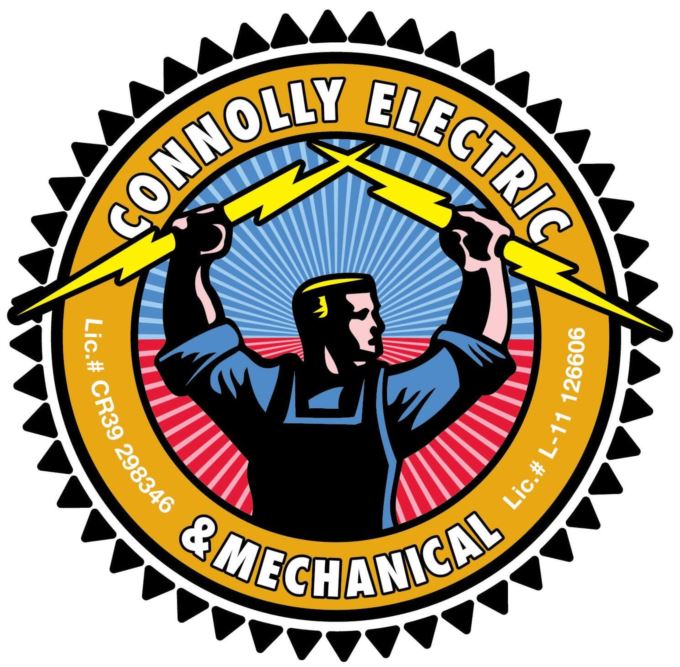
When searching for a heating and cooling system for your residence, it’s crucial to choose one that balances efficiency, functionality and finances. That’s why many homeowners look to mini-splits to heat and cool their home.
Mini-splits—often called ductless mini-splits—offer several advantages that make them a popular choice for both homes and businesses. They're very energy efficient, reducing energy consumption and saving on utility expenses, because they eliminate the energy losses that can come with the ductwork found in traditional HVAC systems. They also enable users to customize the temperature in each room, enhancing overall comfort while conserving energy.
If you’re contemplating mini-split installation in Cottonwood & Prescott, it’s worthwhile to first find out if these devices are the best fit for your living situation. Here, we’ll explore how mini-splits compare to other heating and cooling devices and appliances.
What a Mini-Split Is and How It Works
A mini-split, or ductless mini-split, is a heating and cooling mechanism that has no ductwork. It's a good option in homes that don't have any air ducts and for homes with rooms that aren’t served well by the residence's existing HVAC system.
A mini-split system has two main components: an outdoor compressor/condenser and an indoor air-handling unit. These are linked by a conduit containing the power cable, refrigerant tubing, suction tubing and a condensate drain.
Here's how it works: the outdoor compressor moves the refrigerant necessary for heat exchange through the coils and the air handler. The in-house unit brings in air from the room, cools or heats it over the coils and pushes the conditioned air back into the room.
Mini-Split vs. Central Air
Mini-splits offer targeted cooling in certain rooms or zones of your home. They are known for energy efficiency because they only heat or cool the areas you want. However, they sometimes don't blend seamlessly into every area due to the fact they have wall-mounted indoor units.
On the other hand, a central air system uniformly cools your entire home, producing consistent comfort levels throughout. Its ductwork is hidden away, preserving the aesthetics of your home. However, it will likely not be as energy efficient as a mini-split, especially in bigger homes or residences where certain spaces may not need constant conditioning.
Mini-Split vs. Window AC/Window Unit
Mini-splits are typically more energy efficient and less noisy than a window air conditioning unit and are useful for cooling air in multiple rooms. This is why mini-splits are a versatile option for lots of homeowners. They also utilize a kind of refrigerant that is more eco-friendly, limiting their environmental impact. These units can even add value to your home due to their long-lasting nature and exceptional cooling capabilities. However, they come with a larger purchase price.
On the contrary, window air conditioners are less expensive to purchase. They are often a good fit for homes that are not able to accommodate a central air system or for families with budget constraints. In spite of these advantages, window units can consume up to 40% more energy than ductless mini-split systems and often are louder.
Mini-Split vs. Portable AC
The answer to what is better, a ductless mini-split or a portable air conditioning unit, will depend on on your goals. If your main considerations are energy efficiency and cooling capability, a mini-split is much more effective than a portable AC unit. However, if budget is a key concern, a portable AC is less expensive.
Mini-Split vs. Gas Furnace
Choosing between a mini-split system and a gas furnace depends on a range of factors which can include the climate in your city, home size, energy efficiency desires and spending plan.
A mini-split system typically is more energy efficient than a gas furnace. It can heat and cool targeted areas inside of your home, supplying custom climate control in targeted rooms. Mini-splits also are generally quieter and have a greater up-front cost, but their operating costs are usually smaller due to their greater energy efficiency.
Alternatively, a gas furnace can be a highly effective heating remedy, particularly in colder climates where mini-split heat pumps may struggle to maintain comfort levels in the bitter cold. Although they are less energy efficient than mini-splits, gas furnaces typically are not as expensive. Having said that, their operating costs can be greater, especially if natural gas prices jump up.
Mini-Split vs. Heat Pump
Mini-splits and heat pumps function with the concept of heat transfer. They are both energy efficient, but a heat pump's air ducts can cause more energy usage. However, the choice between a mini-split and a heat pump often is based on on a homeowner's needs and circumstances.
By way of example, if you reside in a warmer climate and mostly need cooling, a mini-split system might be a good choice. However, if you require both heating and cooling and already have ductwork in place, a heat pump could be a more efficient option.
Mini-Split vs. Space Heater
With regards to heating and cooling a household, mini-splits and space heaters each have merits. However, for all around efficiency, versatility, comfort and safety, mini-splits come out on top. Mini-splits provide superior energy efficiency because they deliver conditioned air directly to different zones and can serve multiple rooms at once.
Space heaters are a great deal less expensive to buy but are typically reserved for heating a confined area or just one room. They also can be less energy efficient. Unlike mini-splits, space heaters do not supply cooling. The greatest drawback for space heaters is the chance of fire. Experts say some 1,700 fires annually involve space heaters.




